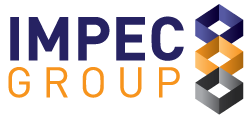What is the Future of Work?
Although various modalities of work existed prior to the pandemic—such as working from home and co-working or third spaces—these options accelerated during the pandemic and impacted how we use and how we measure the value of space. In effect the very meaning of work, the “where”, “when” and “how” we work, has been radically transformed. New labels like hybrid and flex working became part of our currency when talking about workplaces.
The Changing Workplace
The global pandemic forced almost everyone to shelter in place, and office workers to suddenly work from home. These mandates were followed by a realization that employees could still perform their tasks and perform them effectively while being away from the office. The way we look at work and where it’s performed has fundamentally changed. Work is more than place. Work is where employees can successfully perform, wherever they find themselves and be productive in support of the goals and objectives of a corporation. This is particularly true of knowledge workers.
We are experiencing a paradigm shift in the way we look at the built environment, focusing more on employees and their experience, and less on building properties and square footage. A silver lining of the pandemic is a new focus on people, their wellness and safety, and the impact of hybrid and flex working on climate and the environment. With this paradigm shift is an acceleration of technology adoption to support enhanced communication, collaboration, and digital equity as people are given choices in where they work.
There is now a recognition that quality work can be done anywhere, a phenomenon that challenges the prevailing mindset in corporate real estate and workplace. This shattered the mindset that productive work and corporate culture were centered at the office. Thought leaders in these industries, including Kate Lister, Robert Teed, Michael Grove, Michael Shear, Simon Davis, and Shuli Steele, advocate for more human-centric approaches to workplace strategy and design. They recognize the value of power of choice and flexibility that employees have gained during the pandemic and advocate for employee preferences to be taken in serious consideration by end-users and their representatives (HR, IT, CRE, Facilities and Finance).
Balancing the needs of the leaders of an organization with the aspirations and reasonable choices by employees is critical in achieving the mission of a company; this can no longer be denied.
The future of work will be defined by the way companies seek to harmonize a company’s mission with the choices employees are allowed to make in choosing what makes sense for them to do effective work. Respecting employees’ choices and flexibility in when and where they work will be a key factor in talent retention and employee effectiveness and productivity.
Culture and connectedness are equality important to place and remain imperatives for employees to succeed. Data shows that 76% of employees say culture is very or extremely important for them to be effective at their job. Connectedness is equally important, though it has always been undervalued even when employees were working in offices. These are far more challenging to advance when employees work from home. As stated by Gartner’s HR Practice Director, “Employees at all levels, and across demographics, are suffering from a connectedness crisis, which suggests this problem isn’t just related to hybrid and remote work, but to organizations’ lack of intentionality in driving connectedness historically”.
Gartner recommendations, regardless of where people work, are to:
- Diffuse culture through the work itself
- Focus on emotional proximity by making employees feel valued
- Encourage micro-cultures to enhance connectedness
Gartner also noted, “For a culture to truly succeed, employees must be aligned and connected to it. Culture alignment means employees understand and buy into the culture of their organization, while culture connectedness encompasses employees identifying with, caring about, and belonging within their organization’s culture”.
Failure in alignment can lead to loss of talent and a significant attrition risk, hence crafting a workplace strategy needs to be intentional and handled very carefully. Weighing quantitative and qualitative data analysis is key to workplace success and should be managed by thoughtful and experienced workplace strategists who have the depth of knowledge and experience to balance stakeholder needs with those of senior leadership of the organization.



